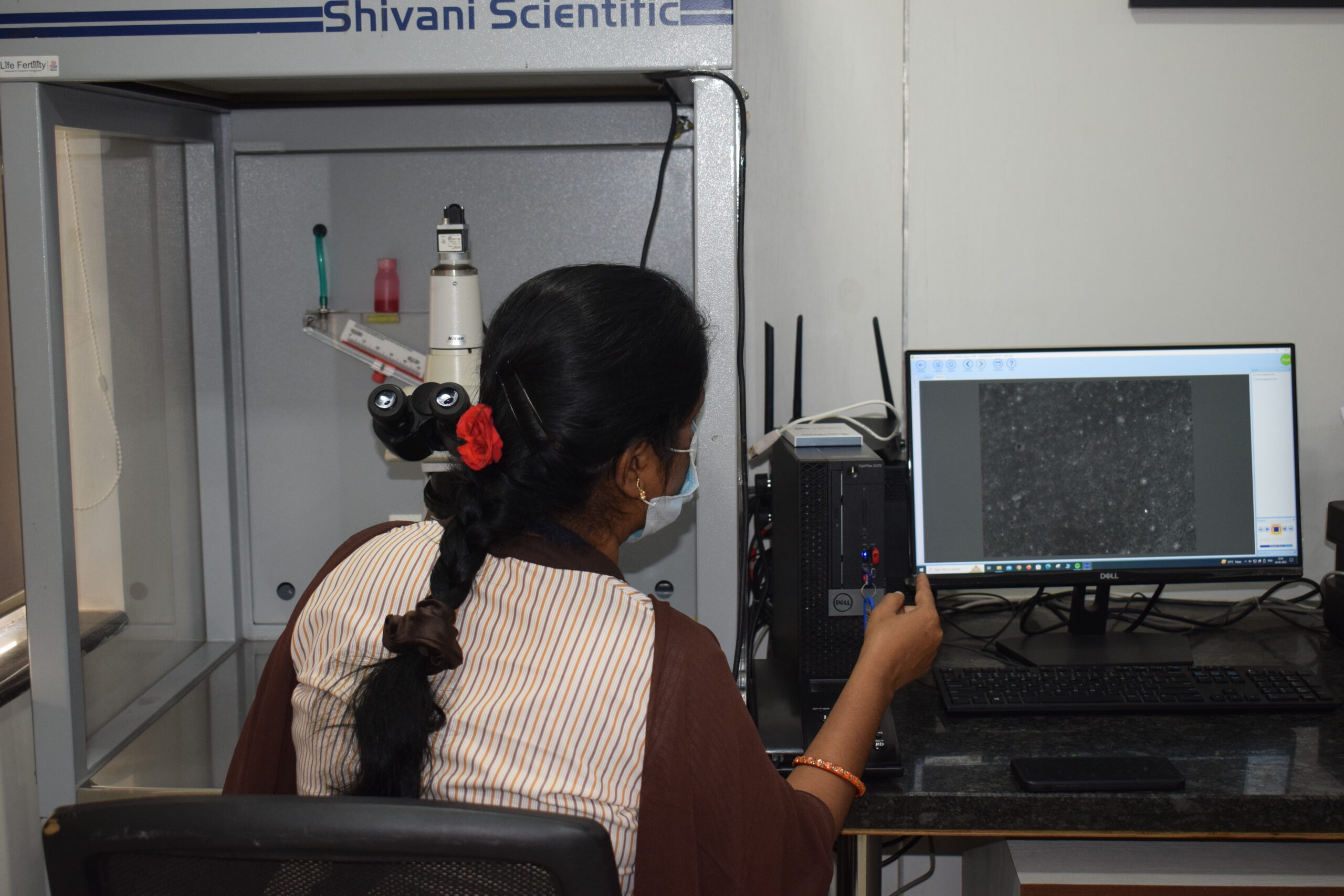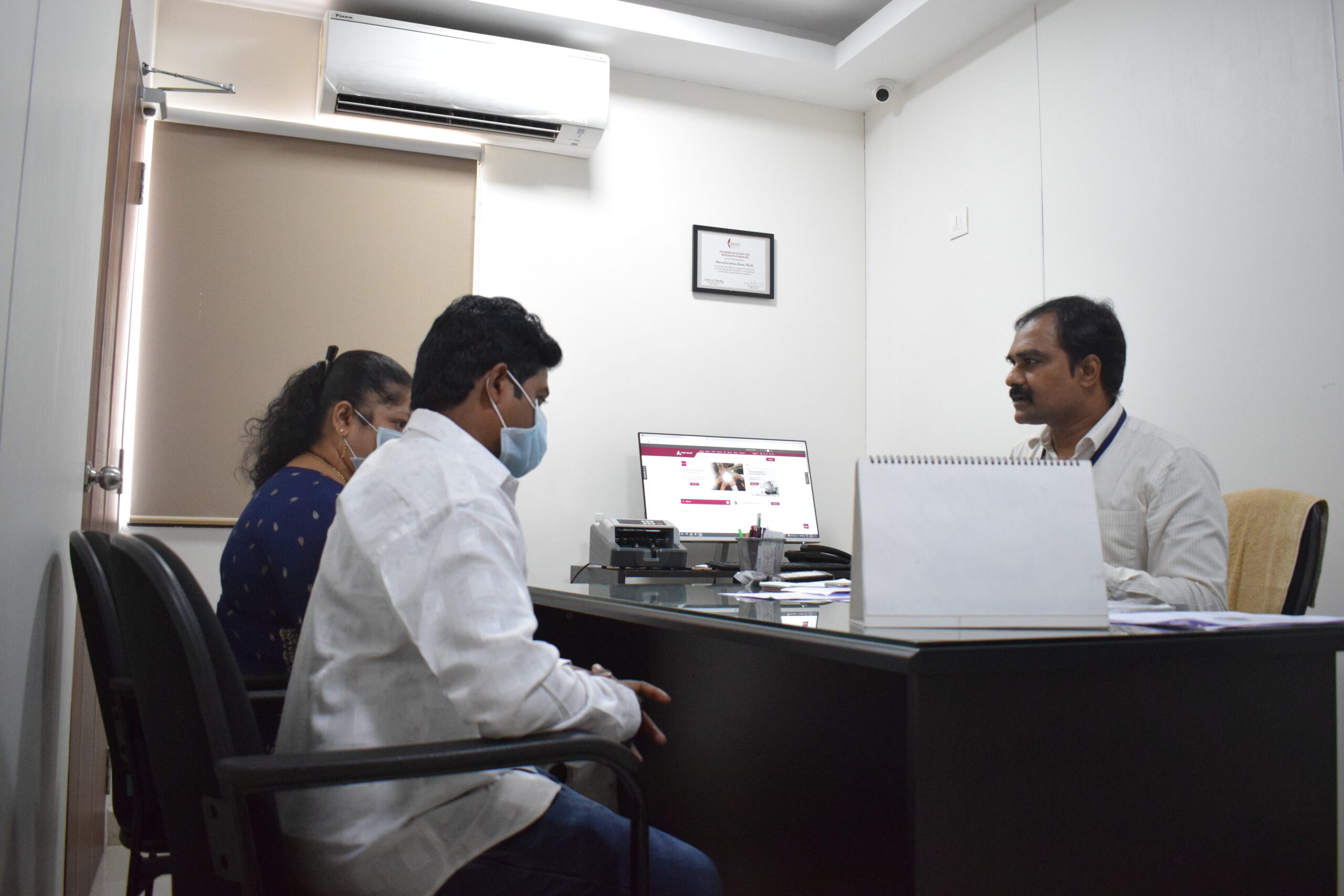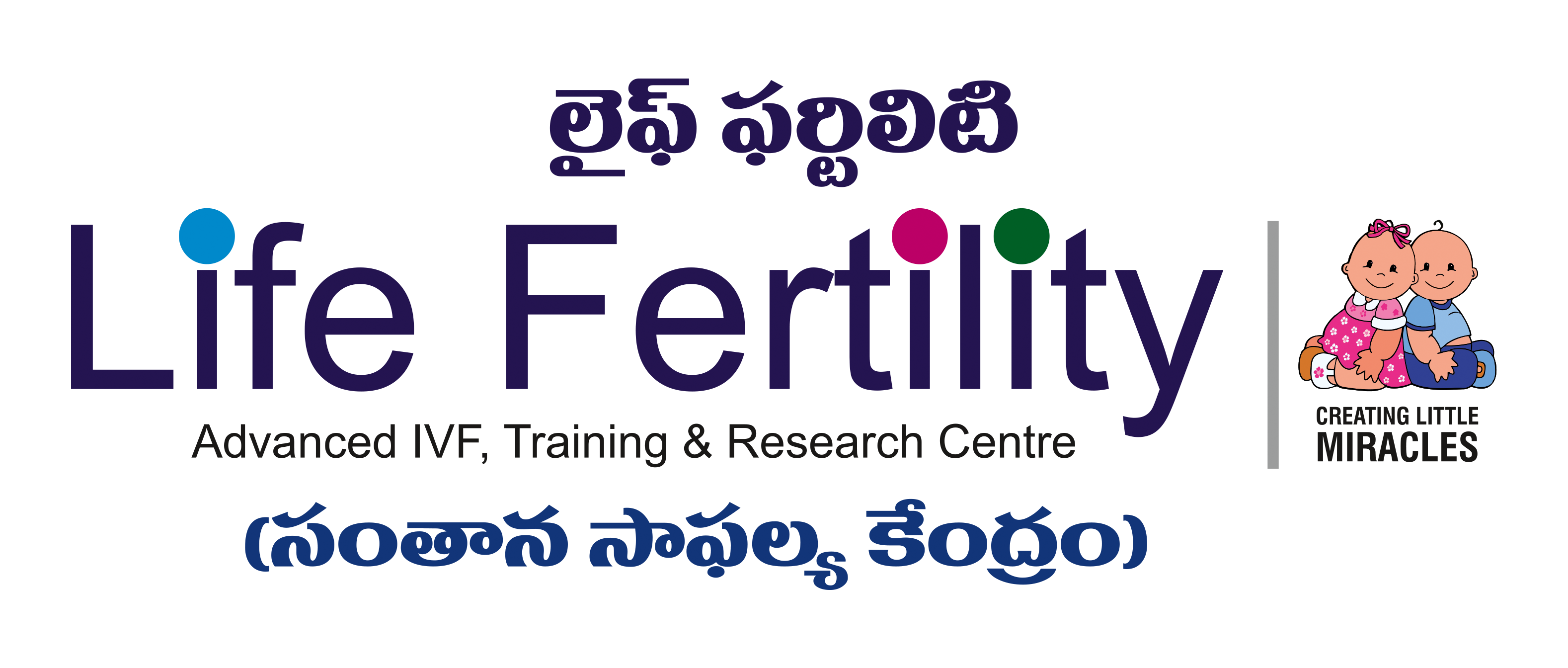Assisted Hatching
Nurturing the Journey to Parenthood
In the intricate realm of assisted reproductive technologies, Assisted Hatching stands out as a delicate procedure designed to enhance the chances of successful embryo implantation during in vitro fertilization (IVF). This specialized technique plays a crucial role in supporting the natural hatching process of embryos, offering hope to individuals and couples navigating the complexities of infertility. Let’s explore the nuances of Assisted Hatching, its applications, and its impact on the journey to parenthood.
Understanding Assisted Hatching
Assisted Hatching is a laboratory procedure implemented during the final stages of embryo development in the IVF process. The outer layer of an embryo, known as the zona pellucida, serves as a protective barrier. For successful implantation to occur, the embryo must undergo a process called hatching, where it breaks out of this protective layer and makes contact with the uterine lining. Assisted Hatching aids this natural hatching process by creating a small opening in the zona pellucida, facilitating the embryo’s emergence.
Methods of Assisted Hatching:

1. Mechanical Assisted Hatching:
- This method involves the use of a micropipette or a laser to create a small opening in the zona pellucida. Careful precision is exercised to avoid harm to the developing embryo.
2. Chemical Assisted Hatching:
- Enzymes or acids are applied to the zona pellucida to weaken it, making it easier for the embryo to break free.
3. Laser Assisted Hatching:
- Laser technology has become increasingly popular, offering a precise and controlled method to create an opening in the zona pellucida.
Indications for Assisted Hatching:
1. Advanced Maternal Age:
- Women of advanced maternal age may experience a thicker or harder zona pellucida, making it more challenging for embryos to hatch naturally.
2. Previous IVF Failures:
- Individuals who have undergone multiple unsuccessful IVF cycles may benefit from Assisted Hatching, as it addresses potential issues related to embryo implantation.


3. Frozen Embryo Transfer:
- Assisted Hatching is often employed in frozen embryo transfer cycles, as the freezing process can harden the zona pellucida.
4. Poor Embryo Quality:
- In cases where embryos exhibit a thicker or abnormal zona pellucida, Assisted Hatching can improve the chances of successful implantation.
Potential Risks and Ethical Considerations:
While Assisted Hatching is generally considered safe, there is a potential risk of damaging the embryo during the procedure. Fertility clinics must adhere to strict guidelines and exercise caution to minimize any potential harm. Ethical considerations also arise, and ongoing discussions within the medical and ethical communities continue to shape best practices.


Success Rates and Considerations:
While Assisted Hatching has shown promise in certain scenarios, its effectiveness can vary among individuals. Factors such as the woman’s age, the quality of the embryos, and the specific indications for the procedure can influence success rates. It is crucial for fertility specialists to carefully assess each case and determine the most appropriate course of action.
Conclusion:
Assisted Hatching stands as a testament to the evolving landscape of assisted reproductive technologies, providing a tailored approach to enhance the chances of successful embryo implantation. As science and technology continue to advance, Assisted Hatching remains a valuable tool in the pursuit of parenthood for those facing the challenges of infertility.
Book an Appointment
FREQUENTLY ASKED QUESTIONS
What is IVF treatment?
In-Vitro-Fertilization (IVF) is a type of Assisted Reproductive Technology (ART) that helps you get pregnant if you are not able to do so naturally.
When is the right time to start IVF treatment?
Your doctor will explain the best time to start the treatment after the initial consultation, examination, and blood tests. Your clinician may start your treatment on the 2nd or 3rd day of your period.
Is IVF safe & Painful?
IVF is a very safe and effective treatment option and with the latest advancement in medical technology, IVF results have improved significantly.
IVF is not at all painful because the injections used for IVF are purified and injected in subcutaneous form. The egg collection process is done under light sedation which is also not painful. At the time of embryo transfer, anesthesia is not given but it is a 2 to 5 minutes process that hardly causes any pain. Every patient is different; therefore the process will differ from patient to patient. However, when it comes to IVF injections, they are thin and easy and do not require an intervention. They can also be administered under anesthesia if required.
What People Says about Life Fertility Clinic
Google Reviews
What People Says about Life Fertility Clinic
Testimonials

Our Contacts
________
#16-1-25, RS Edifice, Coastal Battery Rd, Collector Office, Jn, Visakhapatnam, Andhra Pradesh 530002